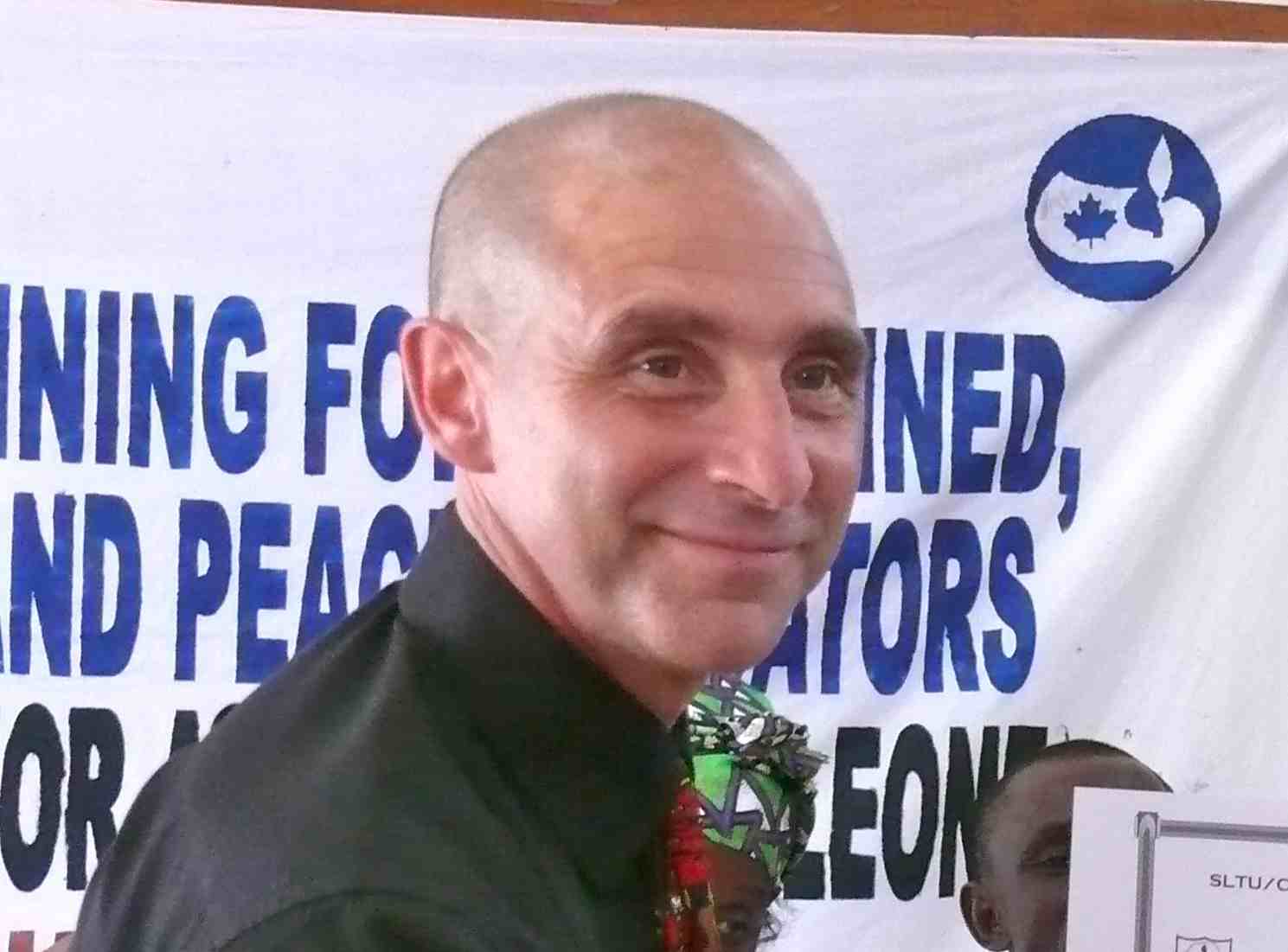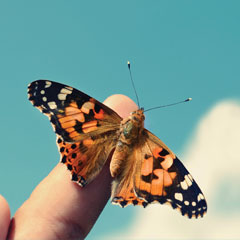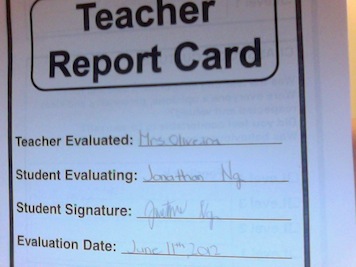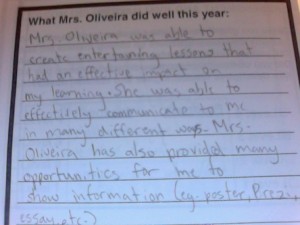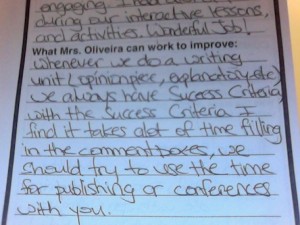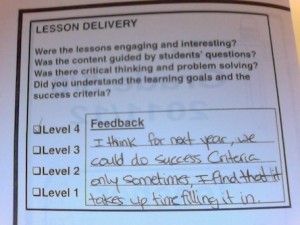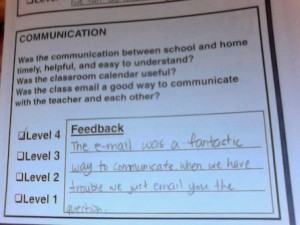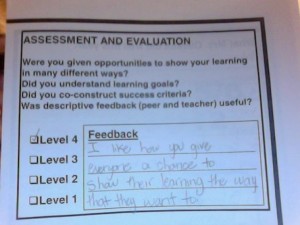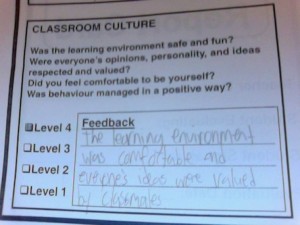 These last two months of school can be trying for both teachers and students. The students are ready to get outdoors and classroom management is necessary as their social volume seems to increase with each warmer day. People that are not working in education often suggest that I must enjoy these last weeks of school as I anticipate the summer. It is hard to explain how challenging the last two months can be. Teachers feel overwhelmed to complete marking, prepare themselves for the looming task of report writing, as well as make plans for their teaching placement in September! In addition to that, teachers want to feel that they are keeping their students engaged with learning into June, not just keeping them busy.
These last two months of school can be trying for both teachers and students. The students are ready to get outdoors and classroom management is necessary as their social volume seems to increase with each warmer day. People that are not working in education often suggest that I must enjoy these last weeks of school as I anticipate the summer. It is hard to explain how challenging the last two months can be. Teachers feel overwhelmed to complete marking, prepare themselves for the looming task of report writing, as well as make plans for their teaching placement in September! In addition to that, teachers want to feel that they are keeping their students engaged with learning into June, not just keeping them busy.
Here are some suggestions to try out in the last month of school that will actively engage your students, if you haven’t already:
- Have students design an original book cover for a book they have read, with a new artistic representation (art, media) and a new summary (language) on the back. When completed, create a gallery walk or a contest for best original design. If completed with another class, you can swap covers to judge.
- Allow students to work individually or in small groups to create a dance based on a specific theme, element, or cultural influence. Provide them time each day to work on it (they love this!), then use days in June for each group to present to the rest of the class (or even invite parents in for an Open House event).
- Provide students with about 3 poems of different styles to read and reflect on. Allow time for group discussions and sharing of ideas. Create a poetry workshop for a few periods each week. Students can peer review or you can provide feedback. Students select their favourite original poem to read to the class. Or create a Poetry Cafe for parents or other students in the school to attend. Students will enjoy advertising, writing invitations, and preparing beverages for the Cafe!
- Take your learning outside! Go on weekly walks in the community and look for connections to your current lessons/activities in Science, Social Studies, or Math. If students ask particular questions, use it a starting point for a mini-inquiry that you can support for the last month in the classroom. Document your walks with photos, written reflections, or drawings.
- Find a purpose. Use the last two months to pursue something meaningful in the community that there may not have been time to do over the winter months. Adopt a school garden to care for, clean up in the community, or buddy up with younger/older students and work together.


